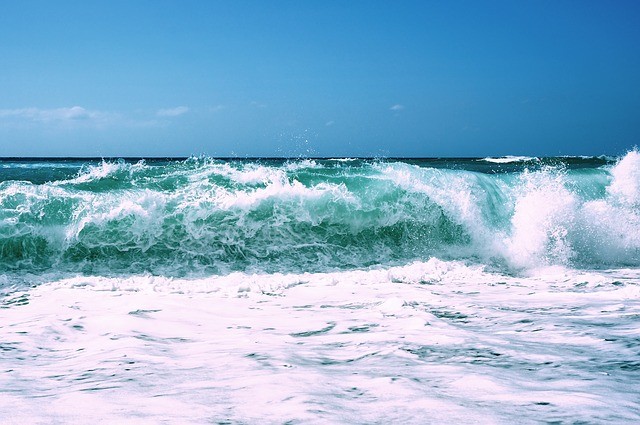A new study reveals that ocean microbes can alter or influence the Earth's atmosphere which can change how climate models are generated and weather interpretation including the whole concept of climate change.
Cool mist that beachgoers often feel on their faces apparently also plays a pivotal role within the environment. The water mist that interacts with the air also alters how sunlight is reflected and bounces off from the water surface which is also important to cloud formation. Microbes found in the ocean have the ability to change the chemistry of water before it is transferred via air.
Researchers from the Center for Aerosol Impacts on Climate and the Environment (CAICE) discovered that when photoplankton and other microorganisms decay, bacteria breaks it down releases chemicals and proteins along with sugars and lipids. These materials can then be emitted into the atmosphere with ocean mist.
Scientists created a simulation of this scenario where a photoplankton bloom was produced in a laboratory within a wave machine that contained 3,400 gallons of water that was taken from the coast of California.
This experiment has proven that the microbes in the water can alter the chemistry of the mist that is transferred into the air. This was observed by researchers on the lipids that have separated from the water.
When the chemistry in the water is altered, sea spray aerosol particles form and carry these lipids in greater concentrations when they are transported in bubbles, bursting into liquid that can have profound effects on the environment.
Researchers reveal that the composition of these SSA are made from sea salt and organic material.
The world's oceans cover more than 70 percent of the planet's surface which can affect how oceans respond to climate change. This can also further provide a better understanding of how increasing greenhouse gases can also affect the relationship of the ocean with the atmosphere.
This study is published by the American Chemical Society's Central Science.



























